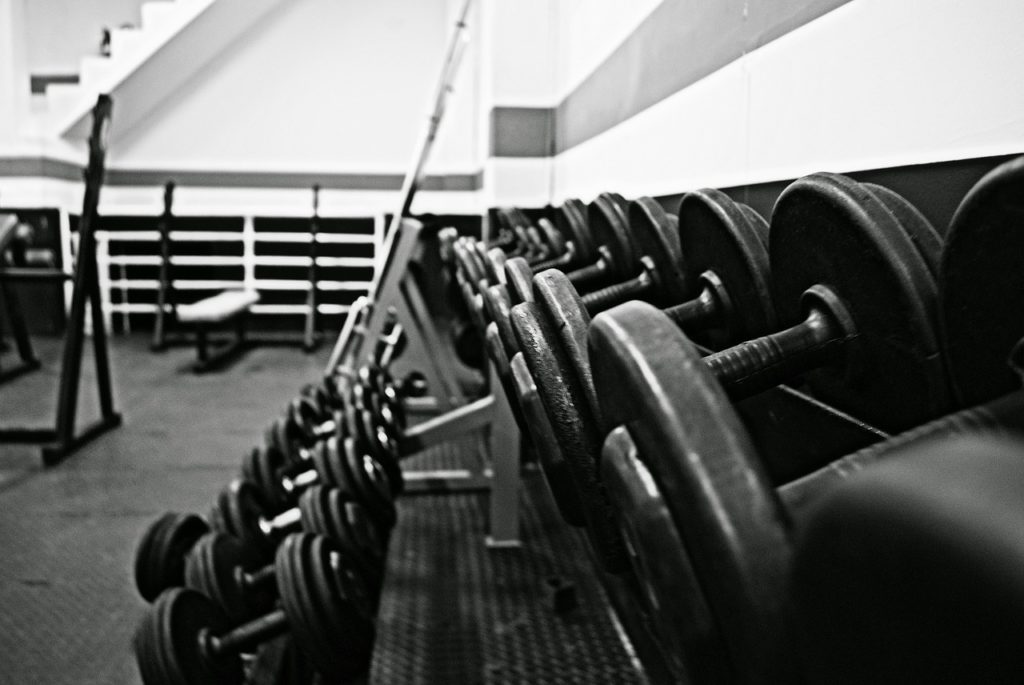In addition to good diet, exercise is a cornerstone to a healthy lifestyle. Even a short walk during your lunch break can do wonders for your physical and mental health. Going to the gym for a resistance workout can increase that benefit even more. There is a broad spectrum of exercises and intensities that can classify as a workout, so it’s a bit of an art to put data-driven numbers behind your gym routine. You can measure exercise in a variety of ways, like calories burned, time spent exercising, and level of intensity. here are even differences between cardio and resistance exercise.
Weight lifting is an example of a resistance exercise often prescribed in weight loss programs. A group of Portuguese researchers wanted to understand more about resistance exercises, specifically the energy use across a variety of types of exercises at increasing intensities. Research on this specific topic is surprisingly sparse, so they devised a straightforward experiment to understand some of the fundamentals about this form of workout.
The researchers looked at eight popular exercises: the half squat, 45 degree inclined leg press, leg extensions, horizontal bench press, 45 degree inclined bench press, lateral pull down, triceps extension, and bicep curls. They wanted to know how many calories were burned per minute, or in other words, the energy cost. To explore this, they needed test subjects. They hired 58 males, all of whom were in their late 20s, about 6 feet, 170 pounds (77 kg) , and 8-15% body fat. Body fat percentage is a term in medicine that describes the percentage of your body that is extra fat. This 8-15% range is quite average for a healthy person. These participants were divided into four groups of 14 people. Each group was randomly assigned two exercises to perform at four constant intensities between 12-24% for 5 minutes each. Later the same day, they would perform the two exercises at a higher, 80% intensity. These values were chosen because they could get steady data in the lower percentage values, and extrapolate those trends to 80% without needing to conduct too large of an experiment.
To gauge the energy cost, they measured vO2, which is a measure of how much oxygen you consume per minute. This is a useful indicator for calories burned, because oxygen consumed is directly related to the burning of calories. After all, we breathe oxygen so that we can use our energy!
As expected, they found an increase in energy cost as the intensities increased across all exercises.They measured that the energy cost rose linearly with intensity, so a 20% higher intensity meant 20% more calories were burned.. The bicep curl burned the lowest amount of calories, , and the the half-squat burned the highest. Leg extensions consistently remained in the top range of calories burned across many of the intensities. Even at the high 80% intensities, the upper limb exercises, like pull ups and bicep curls, were mainly aerobic, or oxygen consuming, and the lower limb ones were more anaerobic, or without oxygen. The lower energy cost in the bicep curls compared to half-squats may be attributed to this lower use of oxygen.
If you can, remember these findings next time you head to the gym. They can help you get the best bang for your energy-buck!


